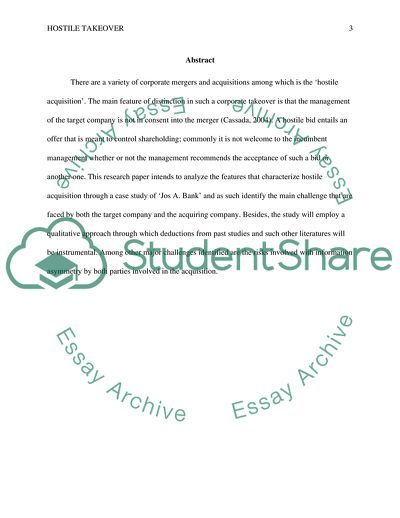Cite this document
(Hostile Takeover Research Paper Example | Topics and Well Written Essays - 2250 words, n.d.)
Hostile Takeover Research Paper Example | Topics and Well Written Essays - 2250 words. https://studentshare.org/finance-accounting/1831181-hostile-takeover
Hostile Takeover Research Paper Example | Topics and Well Written Essays - 2250 words. https://studentshare.org/finance-accounting/1831181-hostile-takeover
(Hostile Takeover Research Paper Example | Topics and Well Written Essays - 2250 Words)
Hostile Takeover Research Paper Example | Topics and Well Written Essays - 2250 Words. https://studentshare.org/finance-accounting/1831181-hostile-takeover.
Hostile Takeover Research Paper Example | Topics and Well Written Essays - 2250 Words. https://studentshare.org/finance-accounting/1831181-hostile-takeover.
“Hostile Takeover Research Paper Example | Topics and Well Written Essays - 2250 Words”. https://studentshare.org/finance-accounting/1831181-hostile-takeover.


